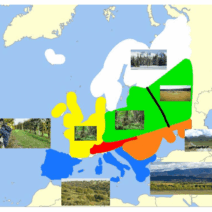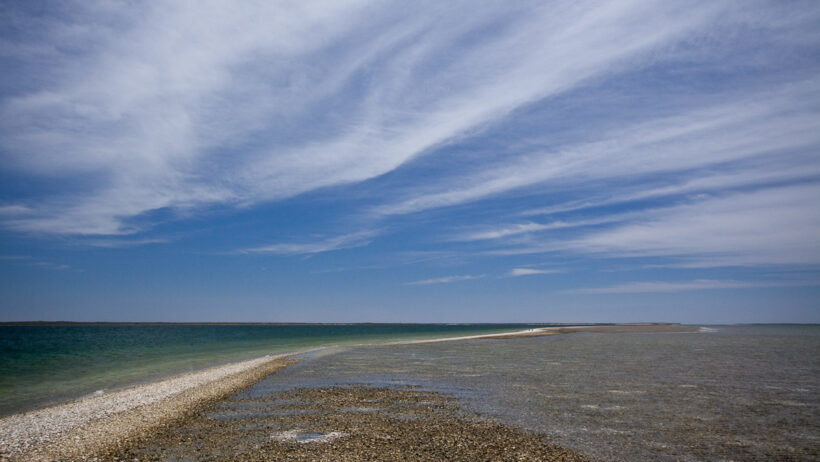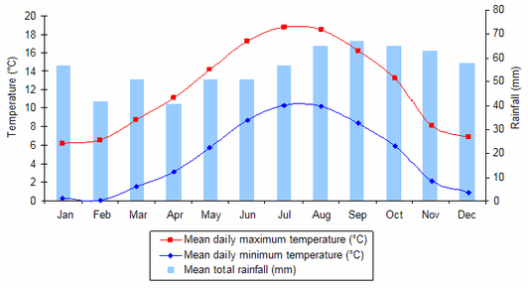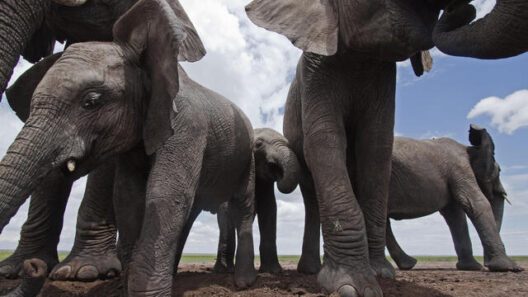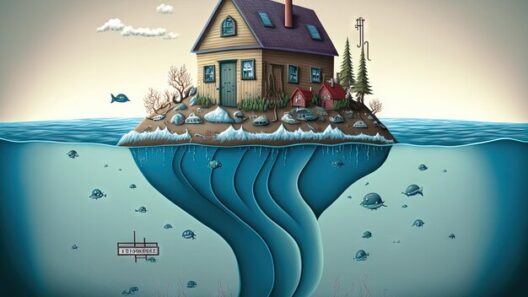The majestic sea turtle, an emblem of resilience and longevity, swims in waters that are increasingly hostile due to climate change. These ancient mariners, who have roamed the oceans for over a hundred million years, now find themselves at a perilous crossroads—one dictated by the irreversible impacts of global warming. The plight of sea turtles is not a solitary echo in the vast ocean; rather, it reverberates throughout the marine ecosystem, illuminating the intricate connections that bind all life.
As the Earth’s temperature surges, so too do the waters where sea turtles live. Rising sea temperatures can disrupt the delicate balance of ocean life, affecting everything from the availability of prey to the health of coral reefs. Coral bleaching, a phenomenon exacerbated by warming waters, strips reefs of their vibrant colors and vital biodiversity. This coral collapse has dire consequences for the entire marine food web, leaving sea turtles without adequate nourishment and secure habitats.
Moreover, rising ocean levels encroach on nesting beaches, threatening the hatching grounds where female turtles laboriously lay their eggs. The sandy shores that have historically cradled their nests are now vulnerable to erosion and inundation from rising seas. In this relentless embrace of climate change, sea turtles find their very survival compromised. The very places that should cradle their future are disappearing, washed away by the tide of human-induced warming.
Temperature also plays a crucial dual role in the lifecycle of sea turtles. The sex of turtle hatchlings is determined by the temperature of the sand where their eggs are incubated. Warmer sands yield more females, while cooler conditions favor males. As global temperatures rise, projections suggest severe gender imbalances in turtle populations. This shifting demographic threatens the reproductive potential of these species, pushing them closer to the brink of extinction. An ecological tapestry woven from a fragile balance threatens to unravel when one thread is frayed.
Beyond their immediate survival, sea turtles are barometers of the health of marine ecosystems. Their feeding habits promote the growth of seagrass beds, which serve as carbon sinks. By regulating and maintaining the balance of these underwater habitats, sea turtles inadvertently play a role in mitigating climate change. However, the threats they face from the warming planet put this vital ecological service in jeopardy. Without the guardianship of sea turtles, seagrass meadows may become increasingly vulnerable, exacerbating the very situation that threatens the turtles themselves.
Scientists observing the plight of sea turtles have likened their situation to that of a canary in a coal mine. Their struggles reflect larger environmental catastrophes that loom on the horizon. Coastal development, pollution, and climate change are all converging to create a perfect storm that could lead to the collapse of ecosystems. Locking eyes with a turtle gliding through the water can seem like looking into the face of resilience, but the reality is often shrouded in uncertainty. The future for these creatures—and the ecosystems they inhabit—hangs in a precarious balance.
This alarming trend is not confined to sea turtles alone. Numerous other marine species are facing similar fates as changes in ocean conditions disrupt established patterns of life. Fish populations, marine mammals, and countless other organisms are also beginning to exhibit signs of stress due to rising temperatures and acidification. The net effect of these shifts can trigger cascading consequences, leading to a profound reconfiguration of marine ecosystems.
To combat these challenges, concerted global action is paramount. Strategies for mitigating climate change must include the protection and restoration of marine habitats, such as seagrass meadows and coral reefs. Advocacy for sustainable fishing practices, pollution control, and effective coastline management is necessary to ensure that the delicate balance within marine ecosystems is maintained. By enacting meaningful change at both the local and global levels, humanity can create a more hospitable environment for sea turtles and myriad other species.
Community engagement and grassroots movements can amplify these efforts, focusing on awareness and education. When individuals become champions for sea turtles, they inadvertently become champions for the environment. As the collective consciousness shifts towards prioritizing conservation, the narrative around marine health evolves, encouraging a more harmonious coexistence with nature.
In the face of these challenges, hope persists. Conservation efforts have shown that with commitment and action, we can reverse some of the adverse effects of climate change. Breeding programs, habitat restoration initiatives, and legislative advocacy are just a few avenues through which stakeholders are striving to ensure that sea turtles continue to thrive. In this intricate dance with nature, each step taken toward sustainability can ripple through the ocean, creating waves of positive change.
The survival of sea turtles is a microcosm of the broader battle against climate change. As stewards of the planet, it falls to humanity to navigate this critical juncture with wisdom and foresight. In preserving the future for sea turtles, we pave the way for a more balanced and vibrant marine world. Indeed, the ocean’s pulse exists in tandem with the heartbeat of all its inhabitants, and it is essential that we strive to keep this rhythm intact.
Ultimately, sea turtles are not mere inhabitants of the ocean; they are intricate threads that weave through the rich tapestry of marine life. Protecting them is akin to securing an enduring connection to the vibrant ecosystems that cradle our planet. By fostering a culture of conservation, we can offer a lifeline to these remarkable creatures while simultaneously safeguarding the intricate web of biodiversity upon which we all depend.
